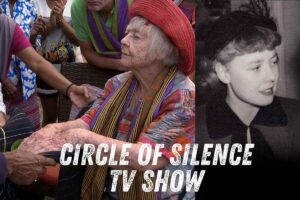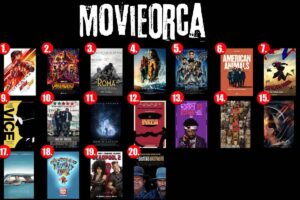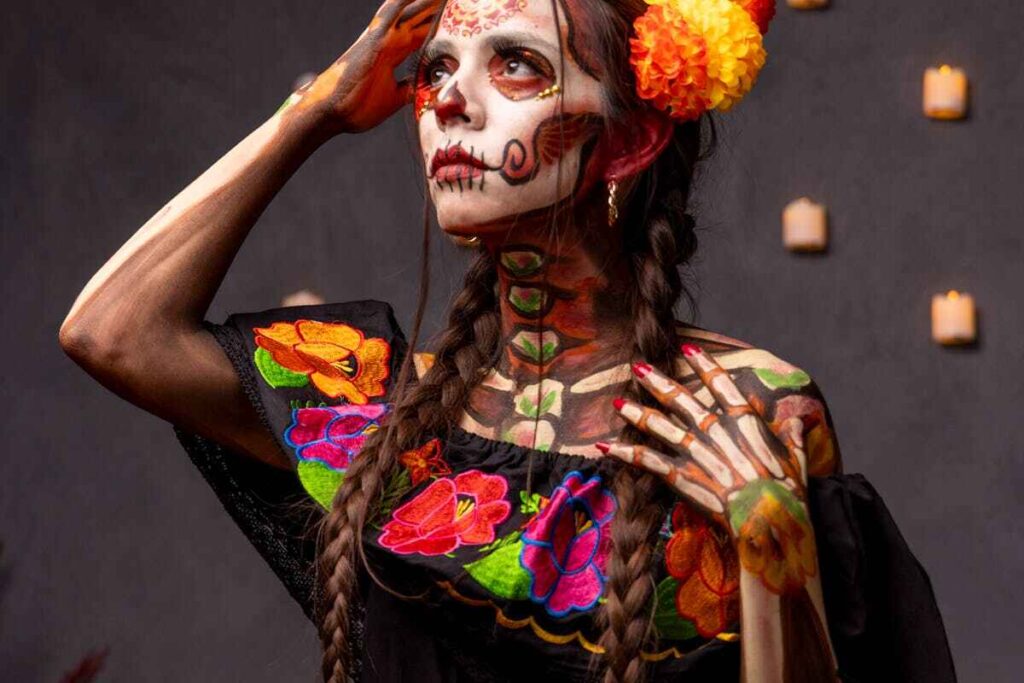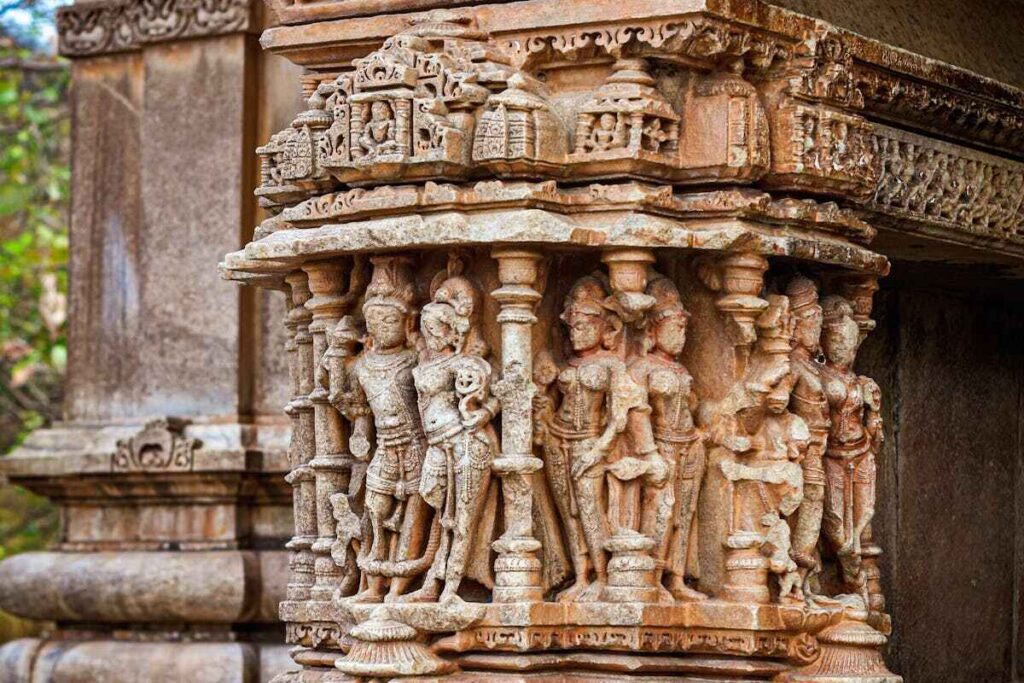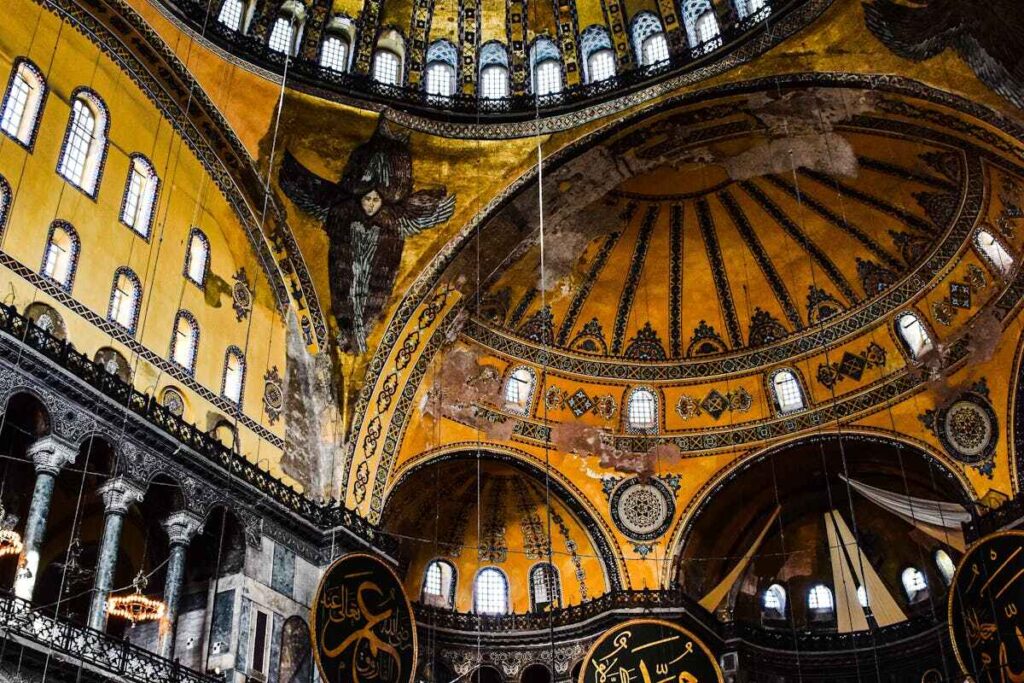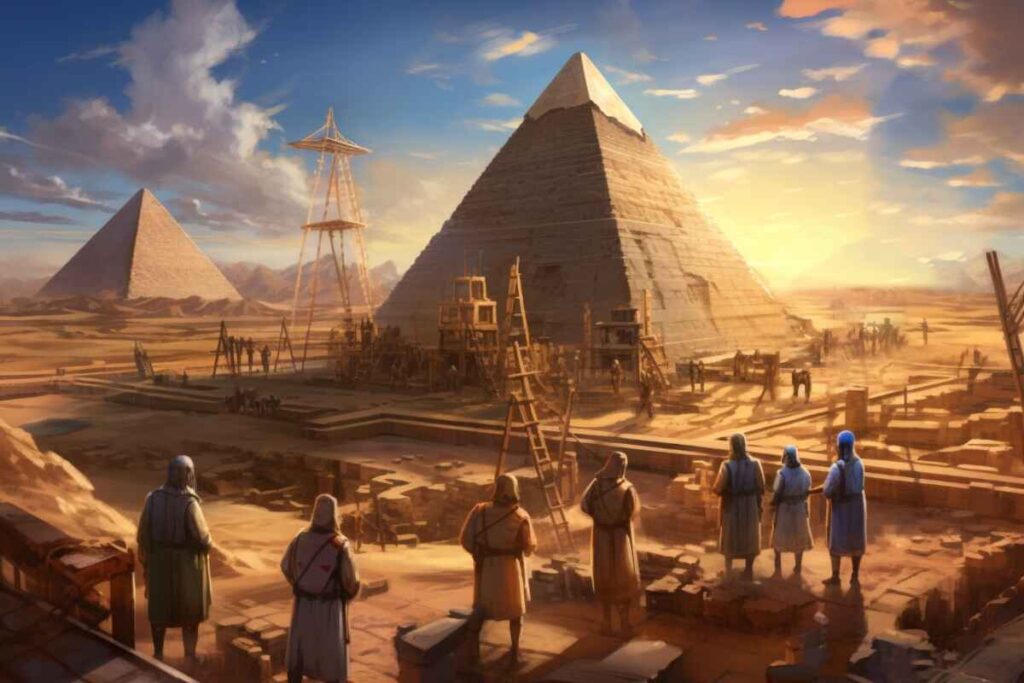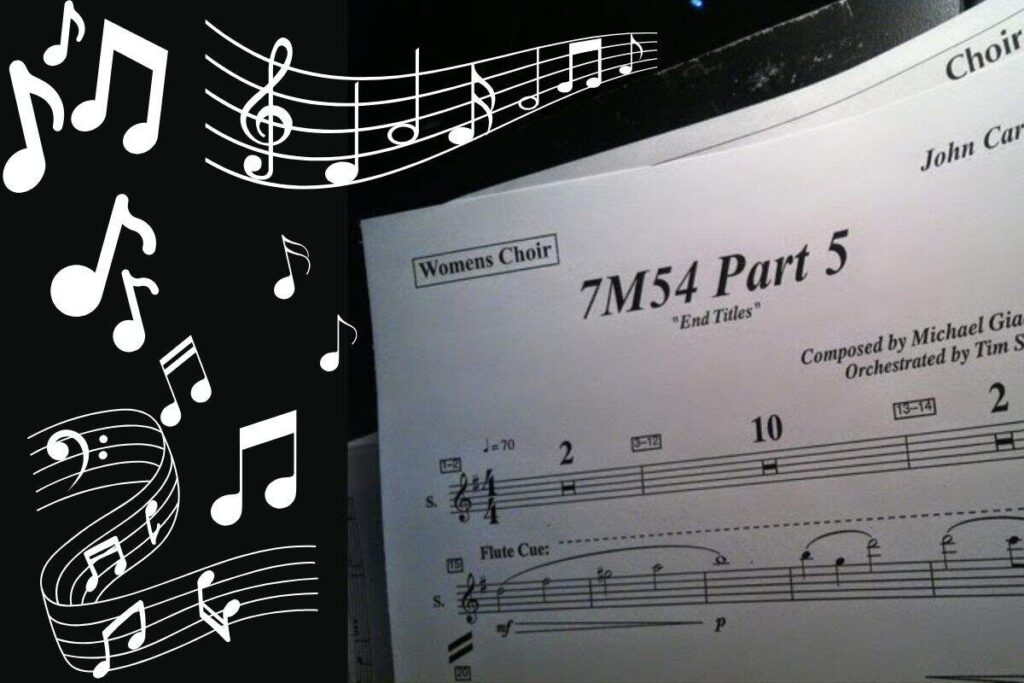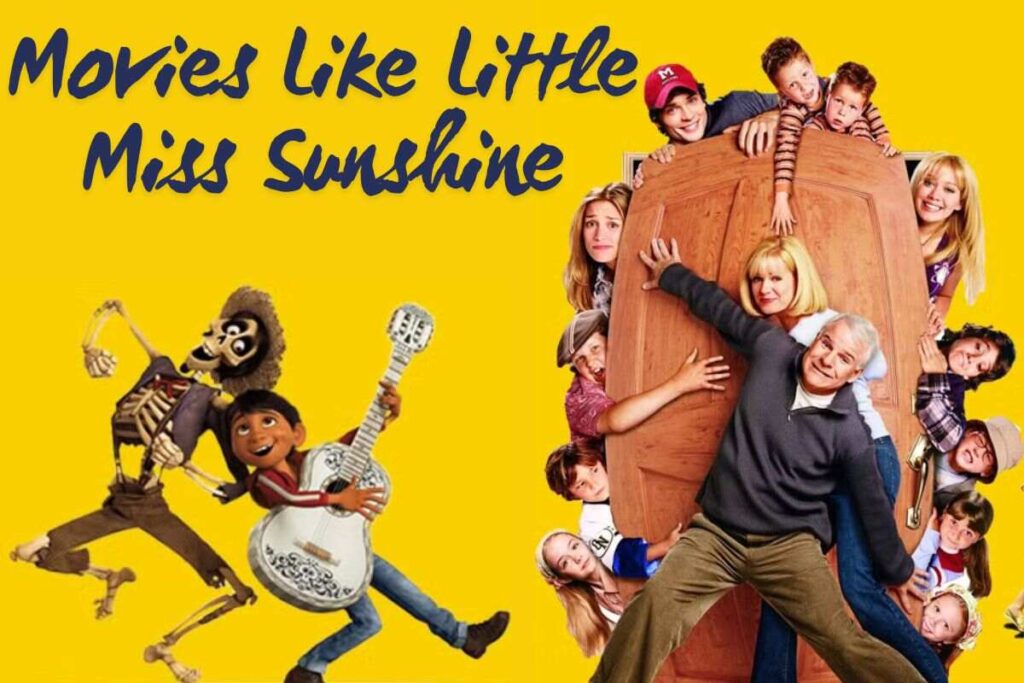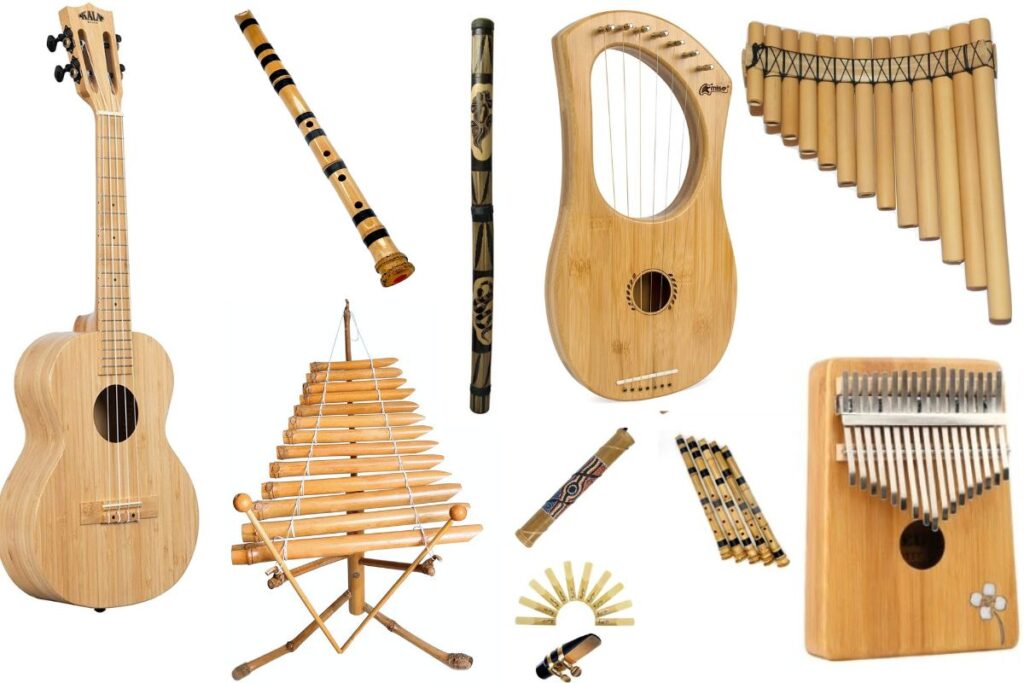The late 1960s ushered in a wave of counterculture movements, with television catching up to the social unrest and the desire for freedom that permeated the American zeitgeist. Among the influential shows of the era, Then Came Bronson TV Show stood out as a unique cultural artifact—a quiet yet profound journey into the human soul, encapsulated within the frame of a solitary man and his motorcycle. Created by Denne Bart Petitclerc, this one-season wonder left an indelible mark on American television despite its brief run.
The Origins of Then Came Bronson TV Show
Then Came Bronson began its life as a pilot film, which aired on March 24, 1969, followed by a single season of 26 episodes between September 17, 1969, and April 1, 1970. The series was produced by MGM Television and aired on NBC. It starred Michael Parks as James “Jim” Bronson, a former newspaper reporter who, disillusioned by modern life, set out on a journey of self-discovery after the suicide of his best friend, Nick (played by Martin Sheen). This inciting event became the catalyst for Bronson’s transformation from an urban journalist to a nomadic soul-searcher riding his Harley-Davidson Sportster across the American landscape. The pilot film, which was later released in Europe as a theatrical feature, reflected the spirit of the open road, reminiscent of the free-wheeling ethos of films like Easy Rider, though it predated the iconic movie by a few months. However, Then Came Bronson was much more than just a tale of rebellion. It was about searching for meaning, lending a helping hand, and learning through the people Jim met along his journey.
| Category | Details |
| Genre | Adventure, Drama |
| Created by | Denne Bart Petitclerc |
| Starring | Michael Parks |
| Theme Music Composer | George Duning |
| End Theme Composer | James Richard Hendricks |
| Opening Theme | “Then Came Bronson” |
| Composer-Conductor | George Duning |
| Ending Theme | “Long Lonesome Highway” |
| Lyrics Writer/Composer | Jim Hendricks |
| Performed by | Michael Parks |
| Composers | George Duning, Gil Mellé |
| Country of Origin | United States |
| Original Language | English |
| Number of Seasons | 1 |
| Number of Episodes | 26 |
| Executive Producer | Herbert F. Solow |
| Producers | Robert H. Justman, Robert Sabaroff |
| Running Time | 50 minutes |
| Production Company | MGM Television |
| Original Network | NBC |
| Original Release | September 17, 1969 – April 1, 1970 |
A Premise Rooted in Wanderlust and Philosophy
The premise of Then Came Bronson TV Show was simple yet rich in potential. Disillusioned with the trappings of conventional life, Jim Bronson hit the road to escape the pressures of working “for The Man.” Each episode followed Bronson as he entered the lives of ordinary people at critical junctures, offering guidance, companionship, or simply a shoulder to lean on. Yet, in the end, it was Bronson who remained unchanged—a pacifist and a catalyst, as the show often depicted, moving from town to town without ever truly staying in one place long enough to make permanent changes to his own life. In many ways, Jim Bronson was akin to the cowboys of the Old West—a solitary figure who navigated vast landscapes and encounters with strangers, always committed to his sense of moral righteousness and peace. Whether Bronson was helping a young Amish boy experience the outside world or aiding his cousin during her troubled wedding in Reno, his interactions were poignant but fleeting.
The Motorcycle: A Symbol of Freedom
Central to the narrative of Then Came Bronson TV Show was Bronson’s motorcycle, a 1969 Harley-Davidson XLH 900cc Sportster. It wasn’t just a vehicle—it was a symbol of freedom, rebellion, and the open road. Notably, the motorcycle originally belonged to Jim’s late friend, Nick, who left it behind at the scene of his suicide. Bronson bought it back from Nick’s widow, a poignant act that tied him forever to the machine and the journey it represented. The motorcycle itself became an iconic aspect of the show, embodying the essence of countercultural defiance against societal expectations. Painted with the Eye of Providence on the fuel tank, the bike added a layer of mysticism, as though it carried its rider toward some higher truth, even if that truth was elusive.
The Characters and Their Journeys
While Michael Parks’ portrayal of Jim Bronson remained central to the show, Then Came Bronson TV Show was filled with unique characters who represented different facets of American life. The first notable interaction took place in the pilot, when Jim met Temple Brooks (played by Bonnie Bedelia), a runaway bride also seeking escape and a sense of direction. This relationship, although brief, encapsulated the transient nature of Bronson’s encounters—each person he met along the way was searching for something, just as he was. One memorable episode saw Bronson helping an Amish boy who, captivated by the world beyond his community, steals Bronson’s motorcycle. Another episode had Bronson encounter his cousin Eve on her wedding day, where she gambled away the money he lent her for the ceremony.
The Opening Scene: A Metaphor for Escape
The opening scene of the show has become one of the most iconic in television history. It begins with Jim Bronson riding up to a red light in San Francisco and engaging in a brief, yet symbolic, conversation with a commuter. This brief exchange—where the commuter wishes he could live Bronson’s carefree, nomadic life—captures the sentiment of escapism that permeates the entire series. The commuter, stuck in his car, represents the everyday man tied down by obligations and societal expectations, while Bronson is free, bound only by the road ahead. After this encounter, Bronson rides out onto California’s scenic Route 1 and crosses the breathtaking Bixby Creek Bridge, a metaphor for leaving behind the known world and embarking on a new, unpredictable journey.
The Show’s Cultural Impact and Legacy
Though short-lived, Then Came Bronson left a lasting impression on American television and culture. Often compared to the earlier Route 66 series and erroneously labeled as a knock-off of Easy Rider, Then Came Bronson was unique in its quiet, introspective storytelling. It was a show that focused not on dramatic action or sensationalism, but on the small, meaningful moments in life—moments that were, more often than not, driven by reflection and personal growth. Michael Parks, a talented actor and singer, helped solidify the show’s place in pop culture. His performances of songs like “Long Lonesome Highway” not only closed each episode but became a hit in their own right. Parks’ dual talent as an actor and musician lent authenticity to Bronson’s character—he was as much a philosopher on the road as he was a man struggling with his own inner demons.
The Music: A Soundtrack to the Open Road
The music of Then Came Bronson played a vital role in establishing its tone. The instrumental theme, composed by George Duning, perfectly captured the show’s essence—melancholic yet hopeful. The closing theme, “Long Lonesome Highway,” performed by Michael Parks and written by James Hendricks, became a Billboard Hot 100 hit, reaching #20 in 1970. Parks’ albums, Closing the Gap and Long Lonesome Highway, further cemented his association with the show, offering a unique blend of pop, folk, and gospel influences. Guest performances from artists such as Buffy Sainte-Marie and Tom Paxton also added depth to the show’s soundtrack, aligning with the series’ themes of freedom and self-exploration.
Conclusion
Then Came Bronson may have only lasted one season, but its influence on American television and culture cannot be understated. It offered viewers a chance to escape the confines of everyday life, if only for an hour each week, and imagine what it would be like to truly live on the road, free from expectations and societal pressure. Through Jim Bronson’s journey, the show explored timeless themes of loss, redemption, and the search for meaning, leaving behind a legacy as enduring as the highways he traveled.
Frequently Asked Questions (FAQs)
Why was Then Came Bronson TV Show canceled after just one season?
Despite its unique premise and cultural relevance, Then Came Bronson TV Show struggled with ratings. Its quiet, reflective storytelling style did not appeal to the larger television audience at the time, who preferred more action-packed or traditional dramas.
Was the show inspired by Easy Rider?
Though often compared to Easy Rider, Then Came Bronson TV Show actually preceded the film by a few months. Both captured the counterculture spirit of the late 1960s, but Then Came Bronson TV Show was more focused on personal, introspective journeys rather than outright rebellion.
What role did the motorcycle play in the series?
The Harley-Davidson Sportster was not just transportation—it symbolized freedom and independence. Jim Bronson’s motorcycle became an iconic part of the series, representing the open road and the potential for discovery.
How did the show’s music contribute to its popularity?
The music, particularly the closing theme “Long Lonesome Highway,” became a cultural touchstone. Michael Parks’ performances helped create a sense of authenticity, and the music’s introspective tone perfectly matched the show’s themes.


